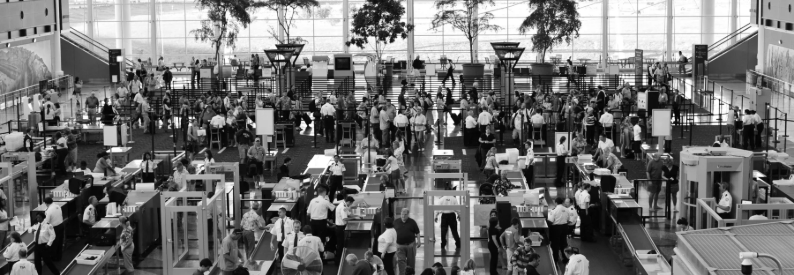Real ID Requirement Adds Minor Drag for Fliers, TSA Says

Air travelers must now present a Real ID–compliant credential at airport security, a rule that took effect on May 7. Under the new regulation, every passenger is required to show one of several federally approved documents—such as a Real ID driver’s license, passport, Global Entry card or other acceptable form of identification—before entering the sterile area. But what if you arrive at the checkpoint without the correct ID? According to the Transportation Security Administration, you will almost certainly still be permitted to fly, provided you can verify your identity with alternate documents.
TSA officials stress that they will not outright deny entry to the security screening area if a traveler lacks a Real ID. “As long as identity can be verified, I don’t foresee a time when we would actually deny someone entry into the sterile area,” an agency spokesperson told Afar, noting that fliers without compliant cards may simply experience longer processing times. Travelers who have already passed through checkpoints since the Real ID enforcement began report that any delays have been modest.
Take, for example, Julie Earle-Levine, who flew from New York’s LaGuardia Airport to Orlando on May 8 with her teenage son and his friend. None of them held Real IDs. Earle-Levine and her son used their passports, while the friend verified his identity with a student ID, costing him roughly 15 extra minutes at security. That experience is similar to drawing a random “SSSS” secondary screening code on a boarding pass, both of which trigger additional checks such as thorough bag inspections, pat-downs or identity questioning.
Airports have adopted different measures to smooth the transition. LaGuardia has set up a separate line for travelers without compliant IDs, Baltimore/Washington International staffers have worn Real ID–branded shirts to offer guidance, and Tampa International Airport has placed informational signs throughout its departures hall. Nevertheless, the process remains rooted in the TSA’s standard procedure: verify identity, clear screening and send passengers on their way.
One complicating factor is that only about 49 percent of U.S. residents hold passports, according to the 2024 U.S. Department of State data. Immigrants may struggle to obtain a passport or Real ID due to limited access to birth certificates, Social Security cards and other required documents. Those travelers must rely on alternative documents—border-crossing cards, valid foreign passports or employment authorization cards—to establish identity. Without any acceptable ID, they may face more extensive screening or be denied access to the security checkpoint altogether.
Despite initial fears of long lines and significant disruption, most travelers interviewed say the Real ID rollout has been “overblown.” Carol Breen, who flew out of Dallas on May 8 with a standard driver’s license, reported that no one mentioned the lack of a Real ID and her screening was routine. TSA agents at different airports have echoed that sentiment: “If you’ve seen one airport, you’ve seen one airport. Things are going to be slightly different at every checkpoint. But what we’re hearing is fairly uniform: it’s going pretty well without significant wait times,” the spokesperson said.
In its May 12 update, the TSA noted that roughly 81 percent of passengers already carry compliant IDs. Moving forward, officials say only those unable to verify their identity through any acceptable documents will be turned away. For the rest, a Real ID is simply one of several options to prove who you are—and so far, the new era of air travel identification has landed more as a minor drag than a major hang-up.
Related News: https://airguide.info/category/air-travel-business/travel-health-security/
